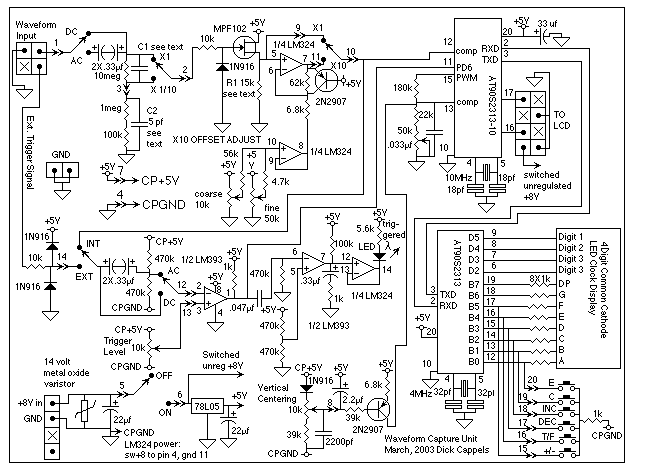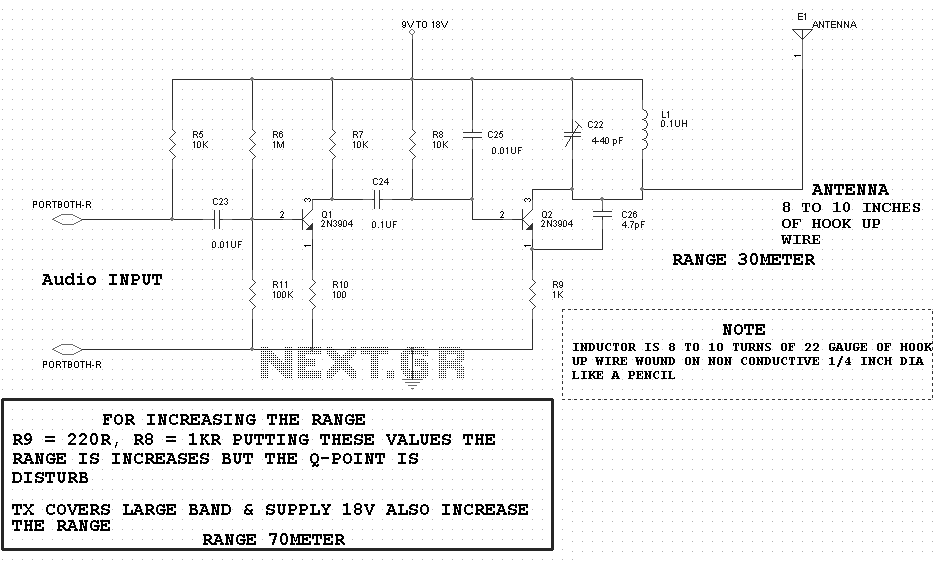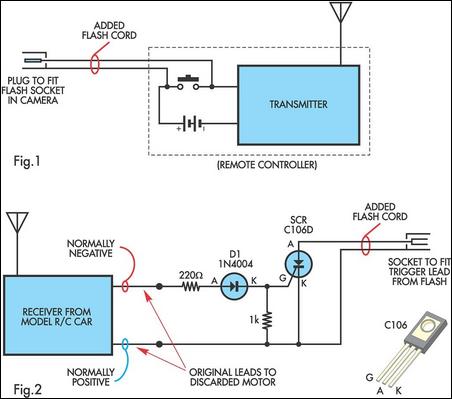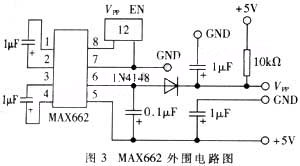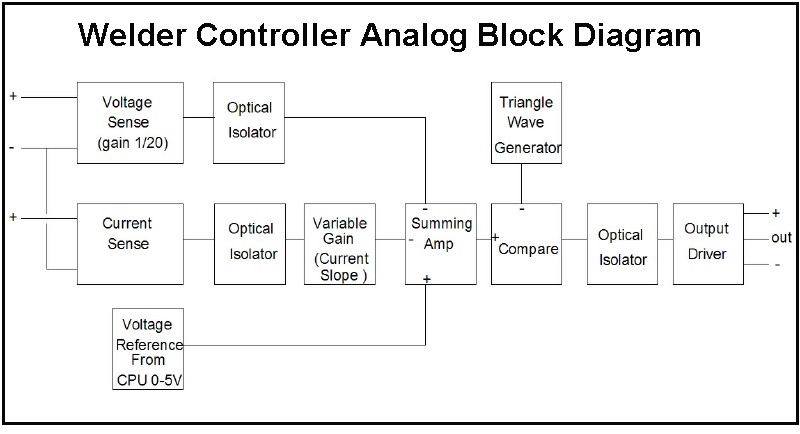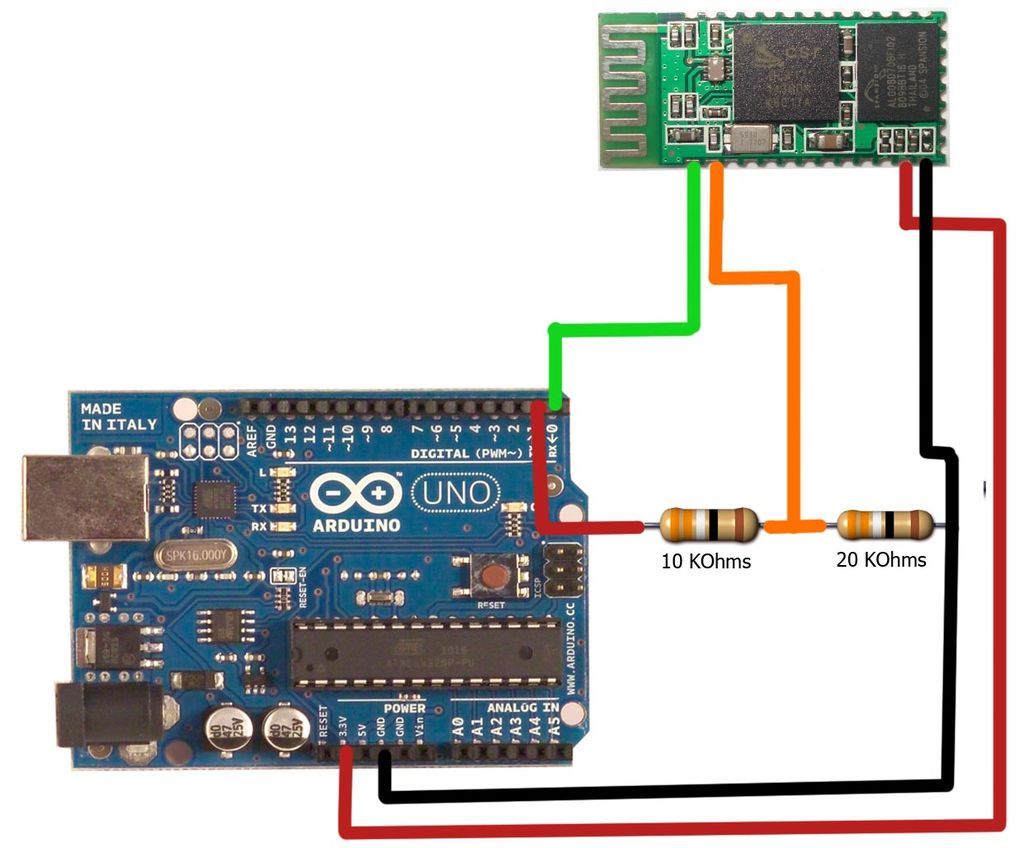
Automatic Loudness Control
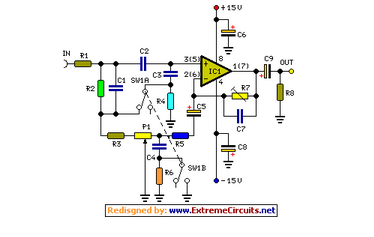
Simple add-on module, Switchable "Control-flat" option. In order to obtain good audio reproduction at different listening levels, a different tone control...
The described module is a straightforward add-on designed to enhance audio reproduction across various listening levels. The "Control-flat" option allows users to switch between different tone control settings, optimizing the audio output for diverse environments and preferences. This feature is particularly beneficial for audio systems where users may desire to adjust bass, midrange, and treble frequencies to achieve a balanced sound profile.
The module typically integrates with existing audio equipment, providing an interface for controlling the tone settings. It may consist of a series of resistors and capacitors arranged to form a tone control circuit, which can be switched in and out of the audio path. The design may include a potentiometer for manual adjustments, allowing users to fine-tune the audio output to their liking.
In a practical application, the module can be connected between the audio source and the amplifier, ensuring that the signal is processed before amplification. The switchable feature allows for easy toggling between the standard audio signal and the modified signal with the desired tone adjustments. This flexibility is essential for audiophiles and casual listeners alike, as it accommodates varying listening environments, such as quiet rooms or lively gatherings.
Overall, this simple add-on module serves as an effective tool for enhancing audio quality, making it a valuable component in any audio setup.Simple add-on module, Switchable “Control-flat†option In order to obtain a good audio reproduction at different listening levels, a different tone-contro.. 🔗 External reference
The described module is a straightforward add-on designed to enhance audio reproduction across various listening levels. The "Control-flat" option allows users to switch between different tone control settings, optimizing the audio output for diverse environments and preferences. This feature is particularly beneficial for audio systems where users may desire to adjust bass, midrange, and treble frequencies to achieve a balanced sound profile.
The module typically integrates with existing audio equipment, providing an interface for controlling the tone settings. It may consist of a series of resistors and capacitors arranged to form a tone control circuit, which can be switched in and out of the audio path. The design may include a potentiometer for manual adjustments, allowing users to fine-tune the audio output to their liking.
In a practical application, the module can be connected between the audio source and the amplifier, ensuring that the signal is processed before amplification. The switchable feature allows for easy toggling between the standard audio signal and the modified signal with the desired tone adjustments. This flexibility is essential for audiophiles and casual listeners alike, as it accommodates varying listening environments, such as quiet rooms or lively gatherings.
Overall, this simple add-on module serves as an effective tool for enhancing audio quality, making it a valuable component in any audio setup.Simple add-on module, Switchable “Control-flat†option In order to obtain a good audio reproduction at different listening levels, a different tone-contro.. 🔗 External reference
Warning: include(partials/cookie-banner.php): Failed to open stream: Permission denied in /var/www/html/nextgr/view-circuit.php on line 713
Warning: include(): Failed opening 'partials/cookie-banner.php' for inclusion (include_path='.:/usr/share/php') in /var/www/html/nextgr/view-circuit.php on line 713
